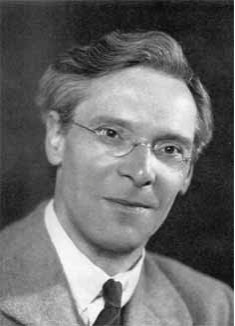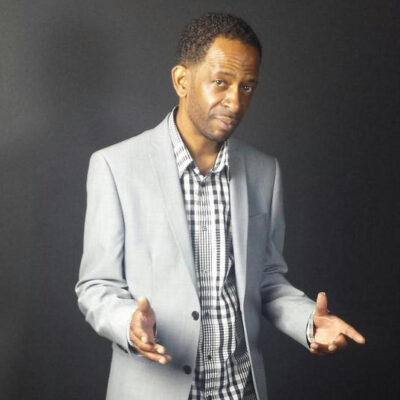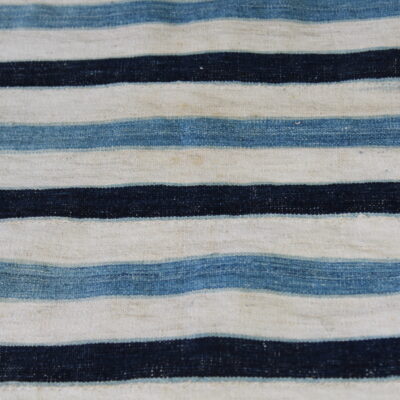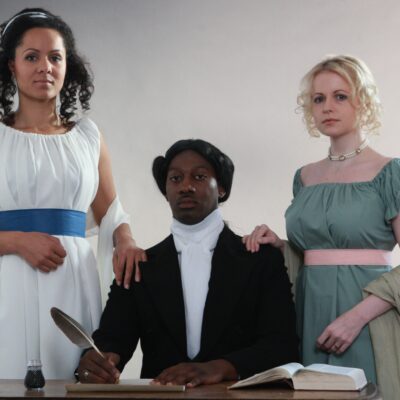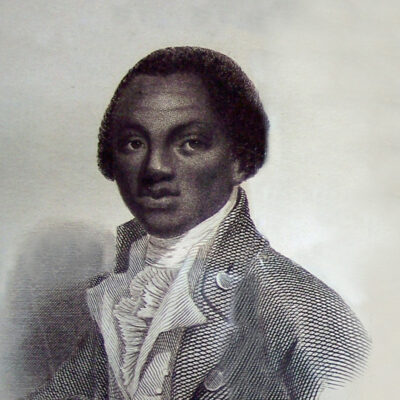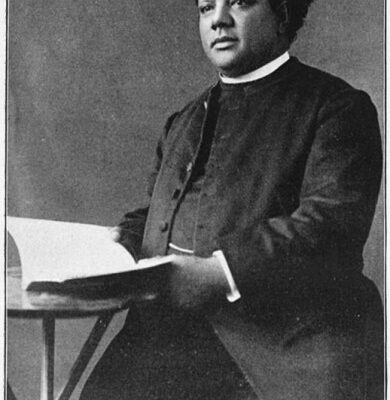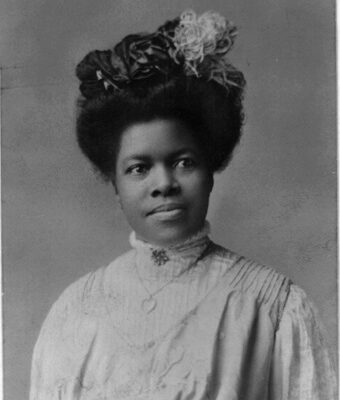Search by topic
- archaeology
- Building of Local Interest
- charity
- church
- crime
- dressmaker
- fire
- Great Eastern Railway
- Listed building
- Mapping Relief
- medieval
- oral history
- poverty
- Public House
- Rattee & Kett
- Religious House
- Roman
- scholar
- school
- Then and Now
- tudor
- women
- work
- world war one
- world war two
Search by text
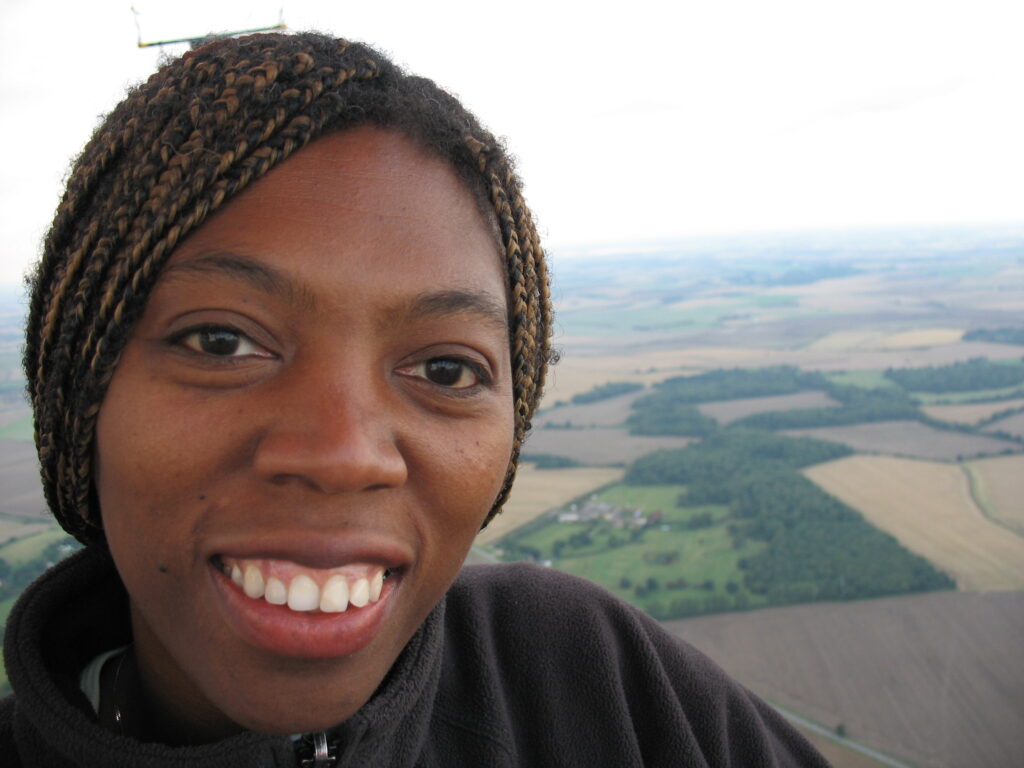 Dr Carol Brown-Leonardi
Dr Carol Brown-LeonardiChristianity An African Religion
By Dr Carol J Brown-Leonardi: Anthropologist, historian, and member of Cambridge African Network
‘African ancient religions form the roots of many religions that are practiced around the world. Christianity is an African religion, which was established in the 1st century one decade after the ascension of Jesus Christ (Perez Accino, 2019). This occurred as some Christians moved away from Israel and built their communities in Alexandria in Northern Egypt, forming the earliest churches that spread along the Mediterranean, the Red Sea coastlands of north and northeast Africa and their hinterlands (Ehret, 2002, Munro-Hay 1991).
As Christianity flourished religious scholars and spiritual thinkers in Alexandria, Tunisia, and Algeria developed Christian theological literature, which was later adapted in Rome to form the Catholic religion. In the ancient world religion was strongly connected to politics and global trade in a relationship where faith and the power of trade were very much intertwined. The importance of ancient Christian religion developed by Africans is that its theological structure is the root modern-day Christianity adopted by Rome, a religious State in pursuit of world domination.
The Monastery of St Antony in Suez Governorate, Egypt was built by the followers of St Antony the first Christian monk; the first Christian monastery. The Monastery stands close to the site of the cave of St Antony, the founder of Christianity as a religious practice and it is still an active place of worship (Rasmussen, 2008). The formation of the Christian monasteries was to safeguard the essence of the Christian faith, which embodies serving God, caring for the poor and leading a fruitful working life. They also serve as a sanctuary for religious literature and the advancement of knowledge.
The establishment of Christianity in Africa was significant in the transformation of Africa’s powerful political might and trade relations. Ethiopia was the first region to establish Christianity as its official religion. The kingdom of Aksum was the first Christian region and one of the most powerful trading routes in the ancient world. Aksum had a trading network between Persian Gulf, overland Asia and Rome, later Byzantium, exporting good such as ivory, tortoise shell, gold, silks, and spices (McLaughlin, 2014). Christianity was introduced in Aksum by two Christian Syrians (Frumentius and Aedissius) who arrived in Aksum after a shipwreck. Their Christian teachings influenced King Ezana, which led to his conversion and the establishment of Christianity as the official religion of Aksum (George Ross, 2002).
Emperor Ezana was the first world leader to place a cross on coins. Christianity remains the main religion in Ethiopia to exist alongside Islam, Judaism and Paganism. Frumentius (Abba Selama) became the first consecrated Bishop of Aksum. While Aksum was important in the ancient world for the example of Christian economic power, modern day Ethiopia is important as the spiritual custodians of Christianity.
In 341 AD Judaism and the Law of Moses was practiced during the reign of King Menelik, son of King Solomon and the Queen of Sheba. The visit of the Queen of Sheba to King Solomon and the pilgrimage shortly after the death of Jesus Christ were testaments to the Ethiopian close relationship with the Israelites and Jerusalem. A replica of the Ark of the Covenant known as the tablet was placed in every Ethiopian Orthodox Tewahedo Church and can still be found today. It is assumed that the Ark of the Covenant was brought to Ethiopia when Menelik returned to the Kingdom of Aksum following his visit to his father, King Solomon (Stewart, 2018). The Ark of the Covenant still exists and rests in Aksum in contemporary Ethiopia and is guarded by an elected monk. The monk is the official guardian of the Ark for life and no-one except him can enter the chapel (Hancock, 1986). The Ark of the Covenant remains in Ethiopia and is kept in a small chapel in the heart of the monastic complex of Saint Mary of Zion (Mariam Tsion) Church.’
References
- Ehret, C. (2002) The Civilizations of Africa: A history to 1800. Oxford: James Currey Publishers.
- George Ross, E. (2002) African Christianity in Ethiopia. (Accessed 01/10/20)
- Hancock, G. (1986) Ark of the Covenant.
(Accessed 01/10/20) - McLaughlin, R. (2014) The Roman Empire and the Indian Ocean: The Ancient World Economy and the Kingdoms of Africa, Arabia and India. Barnsley: Pen and Sword Book publications.
- Munro-Hay, S. (1991) Aksum: An African Civilization of Late Antiquity. Edinburgh: Edinburgh University Press.
- Perez Accino, J. (2019) Egypt gives rise to one of the world’s oldest faiths. (Accessed. 01/10/20)
- Rasmussen, W. (2008) Modernity meets monasticism in Egypt’s desert. (Accessed 01/10/20).
- Stewart, S. (2018) In search of the real Queen of Sheba. (01/10/20)
Dr Carol Brown-Leonardi
Dr Carol Brown-Leonardi works at the Open University. Since 2000 Dr Brown-Leonardi has carried out long-term fieldwork and research projects on political discourse and non-renewable resources in the Mackenzie Valley, Canada and research on reindeer racing and training race reindeer in Northern Finland. Her current research investigates how Britain’s exit from the European Union has affected the perceptions and decision-making of mixed nationality couples (British and Finnish) to stay and live permanently in Finland or the United Kingdom. Her most recent work focuses on the Windrush deportee’s experience following the hostile environment policy to understand the levels of inclusion and exclusion experienced in both British and Caribbean society.
Join the conversation on our Facebook page:
CAMBRIDGE BLACK HERITAGE
Visit the Capturing Cambridge #BlackHistoryMonth2020 programme of events: HERE
#CamBlackHeritage
Contribute
Do you have any information about the people or places in this article? If so, then please let us know using the Contact page or by emailing capturingcambridge@
License
This work is licensed under CC BY-NC-SA 4.0









